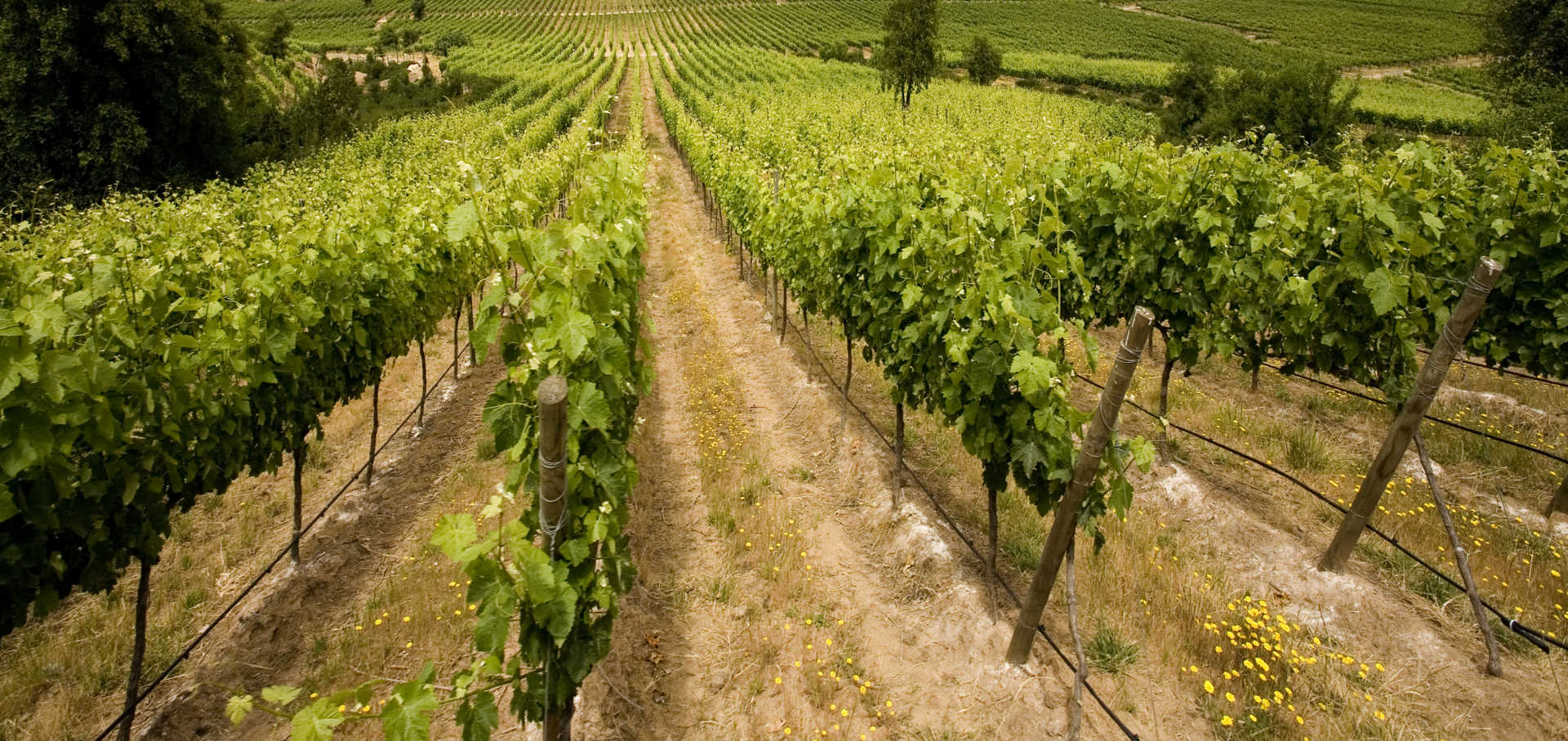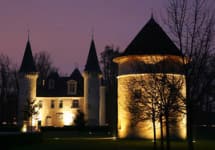Chateau d'Agassac 2011
-
Wine
Enthusiast




Product Details
Your Rating
Somm Note
Winemaker Notes
Blend: 60% Cabernet Sauvignon, 40% Merlot.
Professional Ratings
-
Wine Enthusiast
The showpiece, moated Château of Agassac has produced a luscious, fruity 2011. It has both juicy blackberry fruits, warm tannins and just a core of dryness to promise aging. Elegant, ripe and fragrant, this wine should be drunk from 2017.
Other Vintages
2016-
James
Suckling -
Wine
Enthusiast -
Jeb
Dunnuck
-
Wine
Enthusiast -
James
Suckling -
Jeb
Dunnuck
-
James
Suckling -
Wine
Enthusiast
-
Wine &
Spirits -
Wine
Spectator -
Wine
Enthusiast


The estate’s two greatest assets lie in the quality of its terroir (its total natural environment) and in its precious stock of old vines. The terroir, with its warm soils made up of deep, well-drained gravels and copious amounts of sunshine, is distinguished by its early-maturing character and Agassac is often the first estate in the area to begin harvesting. The vineyards, made up of two enclosed areas totalling 42 hectares, is essentially made up of long-established vines – an average of 40 years old for 22 hectares of it – that constitute the qualitative heart of production. Since 1997, the course of matters has shifted with the uprooting of several less-valuable plots and the planting of Cabernet vines in the best and hitherto unexploited gravel soils. In the light of these changes, the vineyard currently comprises 50% Merlot, 47% Cabernet Sauvignon and 3% Cabernet Franc.

One of the world’s most classic and popular styles of red wine, Bordeaux-inspired blends have spread from their homeland in France to nearly every corner of the New World. Typically based on either Cabernet Sauvignon or Merlot and supported by Cabernet Franc, Malbec and Petit Verdot, the best of these are densely hued, fragrant, full of fruit and boast a structure that begs for cellar time. Somm Secret—Blends from Bordeaux are generally earthier compared to those from the New World, which tend to be fruit-dominant.

While it claims the same basic landscape as the Medoc—only every so slightly elevated above river level—the Haut Medoc is home to all of the magnificent chateaux of the Left Bank of Bordeaux, creating no lack of beautiful sites to see.
These chateaux, residing over the classed-growth cru in the villages of Margaux, Moulis, Listrac, St-Julien, Pauillac and St. Estephe are within the Haut Medoc appellation. Though within the confines of these villages, any classed-growth chateaux will most certainly claim village or cru status on their wine labels.
Interestingly, some classed-growth cru of the Haut Medoc fall outside of these more famous villages and can certainly be a source of some of the best values in Bordeaux. Deep in color, and concentrated in ripe fruit and tannins, these wines (typically Cabernet Sauvignon-based) often prove the same aging potential of the village classed-growths. Among these, the highest ranked chateaux are Chateau La Lagune and Chateau Cantemerle.
